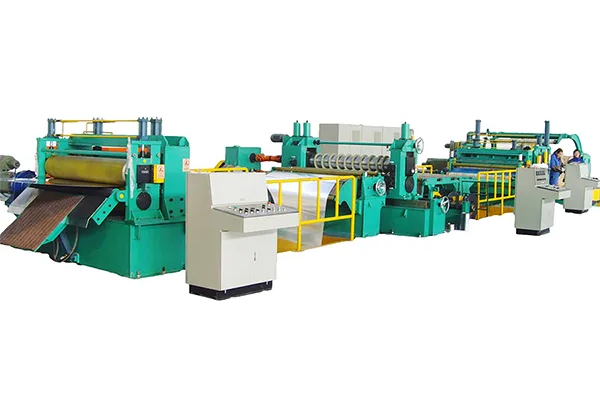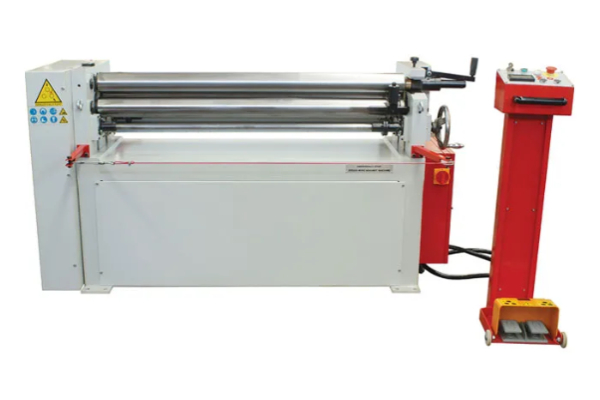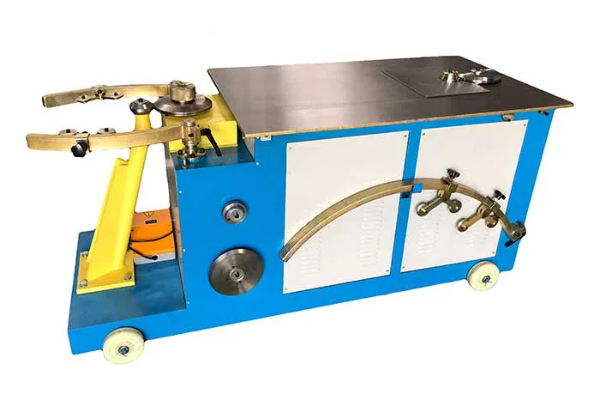
The Environmental Impact of Using Plate Bender Machines
- By:Metmac
- 2024-09-11
- 167
The Environmental Impact of Plate Bender Machines: A Hidden Cost of Construction
In the relentless march of construction, the towering skylines and sprawling infrastructure we see today come at a hidden environmental cost. Among the myriad machines that shape our built environment, plate bender machines play a pivotal role. However, their impact on the planet often goes unnoticed.
Material Consumption and Waste:
Plate bender machines rely on hefty amounts of raw materials, primarily steel. The process of bending and shaping metal plates generates significant amounts of waste, including metal shavings, dust, and sludge. This waste can accumulate in landfills or, worse, pollute water bodies if not disposed of properly.
Energy Consumption and Greenhouse Gas Emissions:
Plate bending machines are energy-intensive devices, consuming vast amounts of electricity or fuel. This energy demand contributes to greenhouse gas emissions, exacerbating climate change. Moreover, the production and distribution of the energy used by these machines also have environmental ramifications.
Water Pollution:
The cooling systems of plate bender machines require large volumes of water. This water, contaminated with lubricants, metal particles, and other chemicals, can end up in wastewater streams if not treated effectively. When released into the environment, this polluted water can harm aquatic ecosystems and pose a threat to human health.
Air Pollution:
Plate bending processes generate various air contaminants, including metal fumes, ozone, and particulates. These emissions contribute to air pollution, affecting human health and the overall air quality in the vicinity of construction sites. Exposure to these pollutants can lead to respiratory problems, cardiovascular disease, and other adverse health effects.
Mitigating the Impact:
Recognizing the environmental implications of plate bender machines, responsible manufacturers and construction companies are taking steps to minimize their impact. These efforts include:
Using energy-efficient machines
Employing recycling and waste reduction practices
Implementing effective pollution control systems
Educating operators on sustainable practices
By adopting these measures, we can reduce the environmental footprint of construction and ensure that future generations inherit a planet that is as strong as the structures we build today.
-
Sheet Metal Working Machines: The METMAC Advantage for Complete Fabrication Excellence
2025/12/03 -
Hydraulic Sheet Cutting Machine: Unmatched Power and Reliability for Demanding Fabrication by METMAC
2025/12/03 -
CNC Sheet Metal Bending Machine: The Pillar of Precision Fabrication with METMAC
2025/12/03 -
Laser Stainless Steel Cutting Machine: Precision, Purity, and Performance by METMAC
2025/12/03
-
Advanced Sheet Metal Rolling, Laser Cutting, and Folding Machines for Precision Fabrication
2025/10/31 -
High-Performance Sheet Metal Bending and Cutting Machines for Modern Fabrication
2025/10/31 -
High-Quality Sheet Metal Equipment for Sale: Efficient Solutions for Modern Manufacturing
2025/10/31 -
High-Performance Sheet Metal Equipment for Sale: Forming and Shearing Solutions for Modern Fabrication
2025/10/22
-
Understanding the Role and Function of Steel Strip Slitting Machines
2024/05/11 -
Maintenance Tips for Longevity of HVAC Duct Machines
2024/05/11 -
Innovations in Steel Strip Slitting Machine Design and Technology
2024/05/11 -
Improving Accuracy in Metal Fabrication with Laser Metal Shear Machines
2024/05/11
-
A Guide to the Latest Innovations in Sheet Metal Folding Machines
2024/11/29 -
Key Features to Consider When Investing in a Sheet Metal Folding Machine
2024/11/28 -
Enhancing Precision with Advanced Sheet Metal Folding Machines
2024/11/27 -
How to Choose the Right Sheet Metal Folding Machine for Your Workshop
2024/11/26







